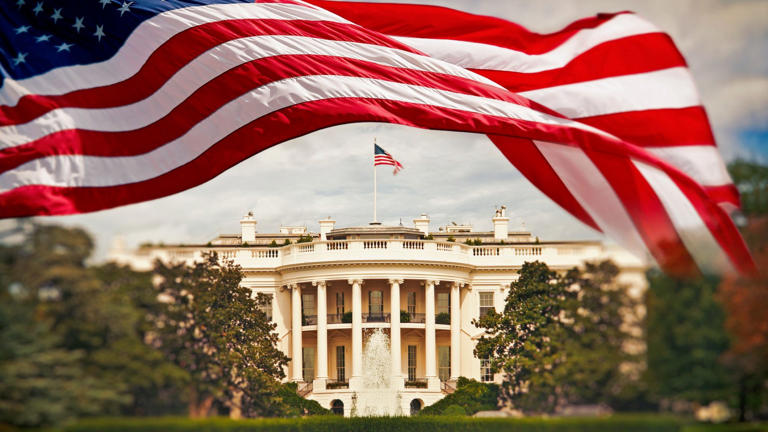On November 5th, the upcoming U.S. presidential election will serve as a pivotal moment, determining whether President Joe Biden secures another term in office or if former President Donald Trump makes a return for a second term. The ramifications of this decision extend far beyond mere political implications, with significant potential to reshape the American economy and profoundly affect the financial circumstances of middle-class households, whose earnings fall within the range of $39,693 to $119,080 annually.
Biden’s First Term Impact on Middle-Class Finances
During his initial four years in office, President Biden’s administration implemented various policies aimed at supporting middle-class families across the nation. For instance, initiatives were set in motion to alleviate the financial burden of childcare for over 100,000 working families receiving federal childcare assistance. Furthermore, under Biden’s leadership, there was a notable decline in the unemployment rate, signaling a degree of economic stability. Despite these efforts, a recent poll indicated that 50% of respondents perceived that Biden’s actions did not significantly benefit the middle class.
Potential Changes Under Biden’s Reelection
Looking ahead to a potential second term for President Biden, experts and analysts speculate on several areas where his administration may enact policies that could positively influence the financial landscape for middle-class Americans:
1. Potentially Lower Taxes
Economists anticipate that Biden may continue his advocacy for higher taxes on wealthy individuals and businesses while simultaneously seeking to reduce tax burdens for middle-class citizens. This strategy could involve the extension of certain provisions of the Tax Cuts and Jobs Act passed during former President Trump’s tenure, which presently support higher tax rates for the affluent and lower rates for middle-income earners. Additionally, the Biden administration may explore avenues for expanding refundable tax credits, such as the Child Tax Credit and Earned Income Tax Credit, specifically targeting middle-income households.
2. Lower Healthcare Costs
President Biden’s recent actions, including extending healthcare benefits under the Affordable Care Act (ACA), signal a potential trajectory for further reforms aimed at reducing healthcare expenses for middle-class Americans. By expanding ACA programs and improving subsidies, the administration may effectively lower the financial burden associated with obtaining quality healthcare, ensuring greater accessibility and affordability for middle-income families.
3. Decreased Student Loan Debt and College Expenses
The Biden administration has already taken steps to alleviate the burden of student loan debt, including the approval of significant debt forgiveness measures, particularly targeting middle-income earners. This trend may continue into a potential second term, with the introduction of additional initiatives aimed at reducing student loan obligations and making higher education more financially feasible for middle-class households.
4. More Affordable Housing
Recent legislative actions under President Biden, such as providing tax credits for first-time homebuyers and investing in housing construction and renovation projects, suggest a continued commitment to making housing more accessible and affordable. If reelected, Biden’s administration may pursue further initiatives to address the housing affordability crisis, thereby easing financial strain on middle-class families grappling with exorbitant rental or mortgage payments.
5. Continued Inflation
While these proposed policies hold the potential to benefit middle-class Americans, they may also contribute to inflationary pressures within the economy. The increased government spending associated with these initiatives could drive inflation rates higher, subsequently impacting the cost of living for middle-income households. To mitigate these effects, the Biden administration would need to implement targeted spending measures and strategic investments aimed at offsetting inflationary pressures.
Conclusion
In conclusion, the outcome of the 2024 presidential election holds immense significance for middle-class households in the United States. A potential reelection of President Biden may usher in a series of policy changes that could positively impact middle-class finances, including lower taxes, reduced healthcare costs, decreased student loan debt, and more affordable housing. However, these initiatives may also bring about inflationary pressures, necessitating careful management and strategic economic policies to ensure long-term financial stability for middle-class Americans. Ultimately, the decisions made in the upcoming election will shape the economic landscape and financial well-being of millions of middle-income families across the nation.

